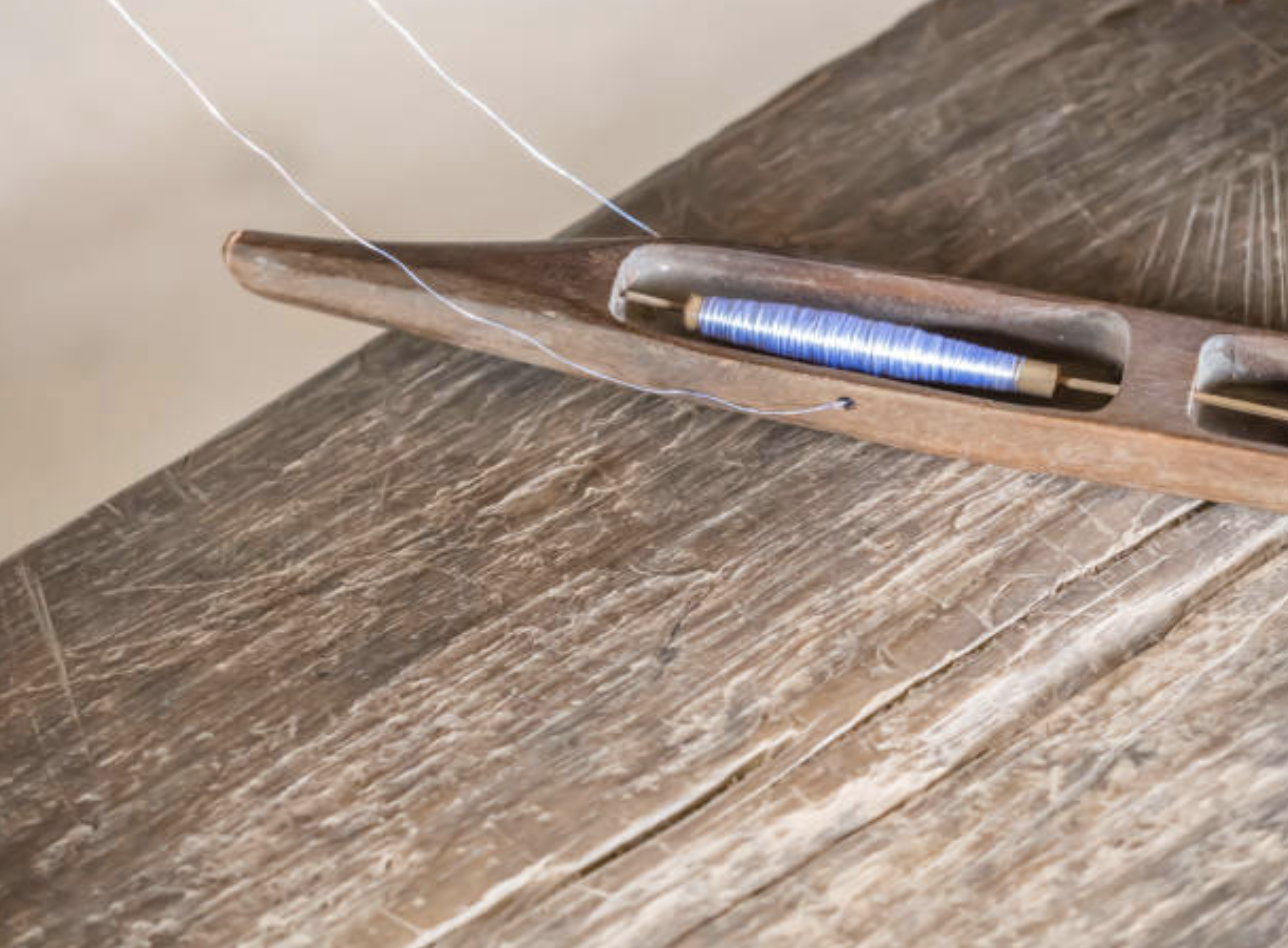Setting out on our Journey
Setting out on our Journey
Written by Todd, Homeowner
The Loom House is a home on Bainbridge Island that was well-loved and well-used in its life by two local families for 50 years. The 2000-square-foot-home was designed in 1968 by Hal Moldstad, an architect known for a local expression of Pacific Northwest Modernism with a keen eye for integrating place and structure. The building itself expresses his careful siting and attention to proportions. But it had not been updated. Yellow daisy formica welcomed you to the bathroom sink. The home was divided into a warren of small rooms, filled with bunkbeds, all built to host more than a dozen grandchildren for sleepovers.
Grandchild Bunker
Nice Light, but Lots of Walls!
We, wanted to make the space more usable for our needs, and we also wanted to minimize our environmental impact. We hired the architects Miller Hull to help us do that. At first, we thought in terms of “carbon footprint,” and thought we’d make the home net-zero. Every year the home would produce the energy that we needed to run it. Brian Court, John MacKay and April Ng at Miller Hull solved that problem. Fast. One of the roof lines is perfectly angled and positioned for solar panels to drink in the Southern sky. Fill that one roof side with solar panels – even in a house just outside of Seattle, WA -- and we’d have the energy we needed. The Miller Hull folks answered our question so quickly and effectively, it felt almost anti-climactic.
What would we think, Brian, John and April asked, of taking our environmental stewardship a step further? Few people in the United States have the privilege of building a new home. The vast majority live in existing homes and, if they can, they remodel to suit their needs. We need to make our existing homes as environmentally friendly as possible if we hope to reach our societal goals for low energy usage, for clean water and clean air. And we need to know how to refit our homes so well that we can do it cheaply and make the practices accessible to everyone.
“If we want to confront climate change with our buildings, we’ll have to find a cost-effective
way of modifying what we already have.”
Miller Hull’s Chris Hellstern pulled out his Powerpoint and gave us an education. He talked us through various building programs that sought to capture the essence of a “green building.” LEED, Built Green and WELL all offered fine metrics for evaluating buildings. Then he explained the Living Building Challenge. We learned that the LBC was sponsored by the International Living Futures Institute, and it asks this question: what if we didn’t just try to minimize our environmental footprint? What if we tried to create buildings that restored the environment? We were inspired -- we were hooked.
The restoration of one house on 2/3 an acre on Bainbridge Island isn’t going to solve the problems of climate change, toxic chemicals in our everyday items and water shortages. However, trying to tackle those broad structural issues on one small patch of dirt illustrates the challenges we face if we want to live in a way that preserves our environment. With luck, it will train contractors and subcontractors to construct deep-green buildings. And it may even help make certain green products more available and less costly. One thing we know for sure: as the process continues to unfold, it helps us to appreciate place and dwelling and home in a whole different light. This blog will be an attempt to describe some of that journey…
Written by Todd, Homeowner




